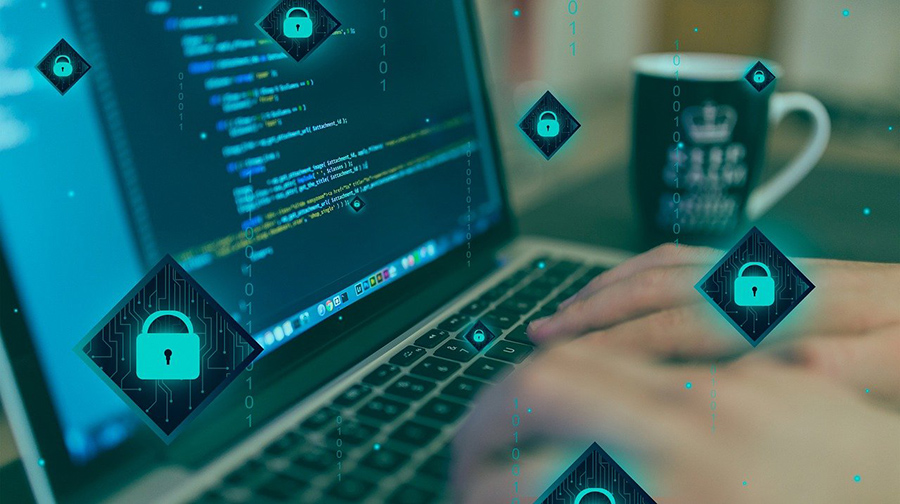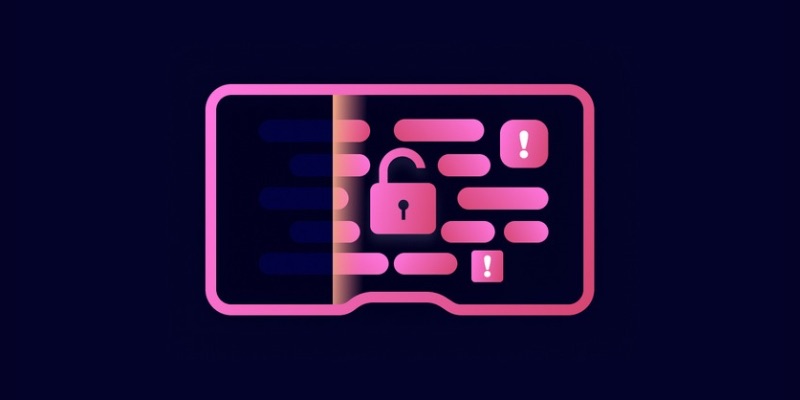What is The Difference Between Cyber Security vs. Cyber Resilience?
February 13, 2023, 4 min read
Cyber security and cyber resilience are the terms that have so much in common. However, they differ on some points. Thanks to these points, they are being used complementarily, and protect networks successfully. By learning their definitions, and differences, you can find out how to use them together and prevent data breaches.
What are the Definitions of Cyber Security and Cyber Resilience?
Cyber security and cyber resilience are the two terms that are essential for data protection. Since cyber security is an application of technologies for preventing data breaches, it covers preventative measures. However, cyber resilience is the ability to prevent breaches before it happens, fight against cyber threats during the attack, and recover from it after it’s over. Because there are various challenges to accomplish information security, using cyber security and cyber resilience complementary is a need for companies.
What are the differences between them?
The main difference between cyber security and cyber resilience is their coverage of data protection aspects. While cyber security is a combination of technology to prevent data breaches, cyber resilience is the ability to mitigate damage and recover after cybercrime. Cyber resilience is beneficial in both internal and external threats. These two terms’ differences emerge from the fact that cyber security remains inadequate occasionally. Therefore, cyber resilience tries to overcome the insufficiency and minimize the risk by decreasing the vulnerability.
Why do you need them together?
Cyber security is a key technology to ensure that systems run smoothly and are up-to-date. It’s responsible for operating many kinds of systems, like software, firewalls, and VPNs. On the other hand, cyber resilience is the system that ensures the system runs smoothly in the case of cybercrime. Thus, a company needs both of them. While preventative measures are necessary, it is also important to have a backup strategy just in case. Because cyber-attacks become more and more severe and common every day. So, cyber resilience is not a replacement for cyber security. Rather, it’s complementary to it.
What are the Duties of Cyber Resilience Systems?
Cyber resilience services are the set of assistance that covers identification, protection, detection, response, and recovery. These systems first identify the risks, and vulnerabilities of the network. Then, they protect sensitive data and applications. And when they detect corruption or cyber threat, they respond to this incident as soon as possible to limit the damage. Finally, they offer a better and faster recovery. By taking these steps, the negative impact of cybercrimes can be restricted.
What are the Examples of Cyber Resilience Services?
While there are numerous services of cyber resilience, some of them are disaster recovery as a service (DRaaS), data backup as a service (BUaaS), and data center services. DRaaS is a service that manages the recovery after natural disasters, equipment failures, and cyber attacks. In the case of an attack, DRaaS shuts the system down and protects sensitive data. On the other hand, data backup as a service (BUaaS) is the system that backs up sensitive data to prevent data loss. This service follows the 3-2-1 rule, which means having three copies of data, storing it on two different media, and having one copy off-site. In this way, critical information about the company can be saved. Finally, data center services are the services that offer the necessary support during the recovery. Services like hardware installation and maintenance, power systems backup, internet access, and email management are given by this service.
Conclusion
As cybercrimes become one of the major threats in today’s business world, companies need to have both preventative measures, and recovery strategies. In this way, preventing data breaches is possible. On the other hand, faster and better recovery after a cyber attack is achievable as well. Complimentary usage of cyber security and cyber resilience offers this service. In this way, data protection becomes more likely. Every company that wants to avoid cyber threats, and backup its data should use cyber security and cyber resilience together.
The main differences between these terms are about the elements they cover. While cyber security is responsible for data confidentiality, integrity, availability, and authenticity, cyber resilience’s duties are backing up, blocking, protecting, and restoring. That’s why they complement each other. Together, they can build a solid information security strategy. So, companies should be aware of their benefits and build the strategy carefully. In this way, preventing data breaches and limiting its damage are achievable goals.
FAQ
- How to integrate cyber resilience strategy into the existing cyber security plan?
To integrate a solid cyber resilience strategy, you should create a framework first. Then, after assessing the risk, you should evaluate the resources as a whole. Finally, you should detect cyber threats to develop a protection and recovery strategy. By having a cyber resilience strategy, sensitive data can be protected in any case.
- Does cyber resilience replace cyber security?
Cyber resilience is a strategy that is complementary to cyber security. So, they should be used together. To decrease the network’s vulnerability, and therefore, it saves both energy and money. Also, this solid information security strategy increases the reliability of your company.
- What does recoverability mean?
Recoverability is the key element for cyber resilience. Thus, it should be recognized by every company. This term indicates the ability to turn to normal business functions after a cyber attack. So, systems run smoothly after an attack, thanks to cyber resilience’s recoverability feature.
- What are the benefits of complimentary usage of cyber security and resilience?
In the case of using cyber security and resilience together, you can be assured of the running devices’ up-to-dateness, firewalls, VPNs, and malware protection system’s functioning, employees’ training, and having a backup plan and recovery strategy. Thus, all aspects of information security are covered




























